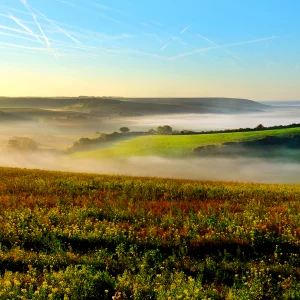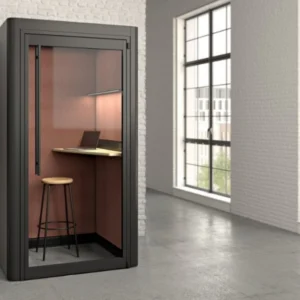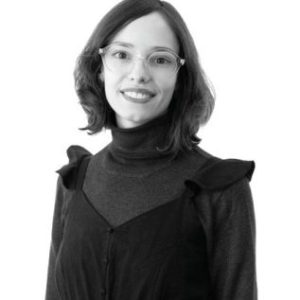
Words By Toby Maxwell
THE HISTORIC Park Hotel Franceschi in Italy’s Cortina d’Ampezzo has embarked on a renovation project overseen by architecture and interior design Studio NOA. Established in 1922, the hotel has evolved over a century, embodying the classic Alpine style of Cortina, complete with side turrets.
 Image Credit: Alex Filz
Image Credit: Alex Filz
Stefan Rier, architect and NOA founder, says: ‘We approached the hotel with a holistic vision, studying the spatial challenges as well as identifying the strengths and potential to be enhanced. Then, we developed a long-term plan, envisioning the large park in front of the hotel, which is currently overshadowed by the drop-off area, as the vibrant heart of the ensemble.’
The renovation is divided into three phases, with the first – revamping the ground floor public spaces – completed in May 2024. Future phases will include room renovations and property expansion, integrating new wellness spaces.
Achieving a balance of past and future was a key challenge that NOA had to address for the makeover of the 770m2 of public spaces on the ground floor. The space already featured large, well-lit areas, but was weighed down by heavy use of wood and mouldings, bulky textiles, and an outdated colour palette. However, there were no shortage of unique pieces from the last century with fine inlays, such as wardrobes and chests, historical paintings depicting the Franceschi family, and two imposing ceramic stoves.
Architect Maddalena Gioseffi says: ‘Before starting with the new interior concept, we mapped out the most interesting furnishings to re-incorporate into the project. Especially in spaces rich with history like this one, it’s never about starting from scratch but rather about bringing order and making room for new elements.’
The hotel’s new ground floor features updated spaces dedicated to welcoming guests with a large multifunctional lobby that spans the entire floor and plays a crucial role as the first point of contact. The reception area remains the central space across the building but has been refreshed with new resin flooring that updates its appearance. From here, guests can easily access the right wing, where the bar, stube and salon are located, or the left wing, which houses the breakfast buffet, the restaurant with three dining rooms, the kitchen and the management offices.
‘The interiors are a journey through different eras,’ explains Gioseffi. ‘The two magnificent ceramic stoves set the mood for the colour palette, especially regarding the contrasting shades. Their decorative designs feature an elegant blue-grey hue, which we also applied to the fabrics and paired with touches of yellow, giving the lobby a relaxed and contemporary atmosphere.’
 The renovation is divided into three phases, with the first – revamping the ground floor public spaces – completed in May. Future phases will include room renovations and property expansion, integrating new wellness spaces. Image Credit: Alex Filz
The renovation is divided into three phases, with the first – revamping the ground floor public spaces – completed in May. Future phases will include room renovations and property expansion, integrating new wellness spaces. Image Credit: Alex Filz
Past reception and to the right is the bar room. Comfortable seating from Gervasoni and Innova Imbottiti is arranged around the stove and beneath an vaulted ceiling, while a row of tables is placed parallel to the large windows overlooking the surrounding peaks, accentuated by pendant lamps.
The beating heart of the new ground floor is the large salon closing off the right wing, featuring an elegant coffered ceiling and expansive windows that establish a visual connection with the hotel’s park. Gioseffi says: ‘In the salon, the stove represents the pivot of the spatial concept, the centre around which we have arranged the various seating stations. The reading islands, the sofas, and the large bench built into the bow window all respond to the centrifugal force of the stove, orienting toward it.’
The left wing’s restaurant features custom buffet furniture with stone tops and rounded corners, enhancing both aesthetics and guest flow. The L-shaped main dining room alternates white and blue chairs, with tables arranged in two opposing rows, evoking a Parisian promenade. An intimate wood-clad room serves as a separate dining area.
Gioseffi concludes: ‘This is a space we treated individually, aiming to highlight its historical charm. The wooden Pedrali chairs, the tables and the black tubular pendant lights represent a sophisticated modern touch in this stube, where the family tree of the Franceschi family, dating back to 1289, is prominently displayed on the walls.’ www.noa.network





